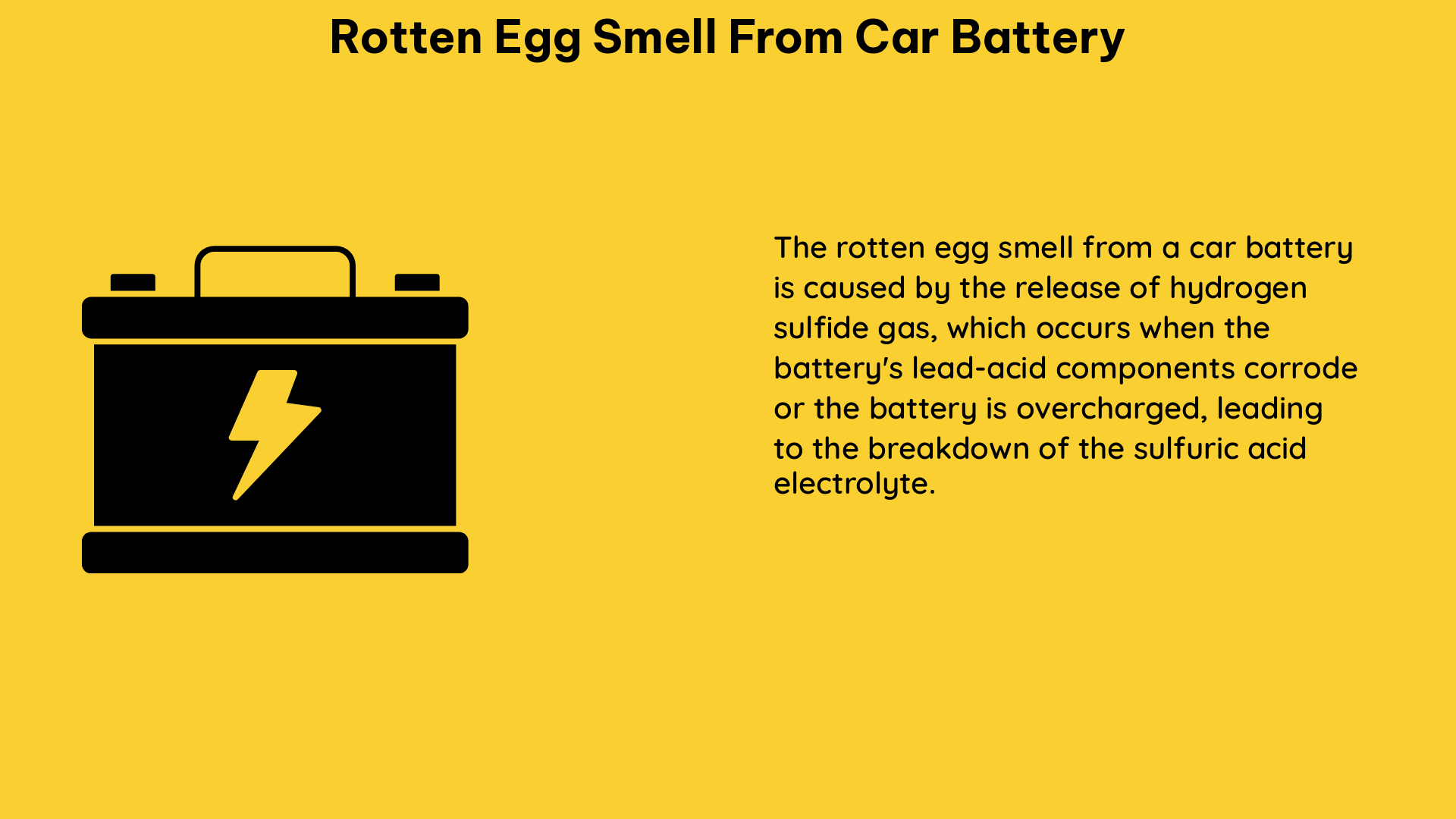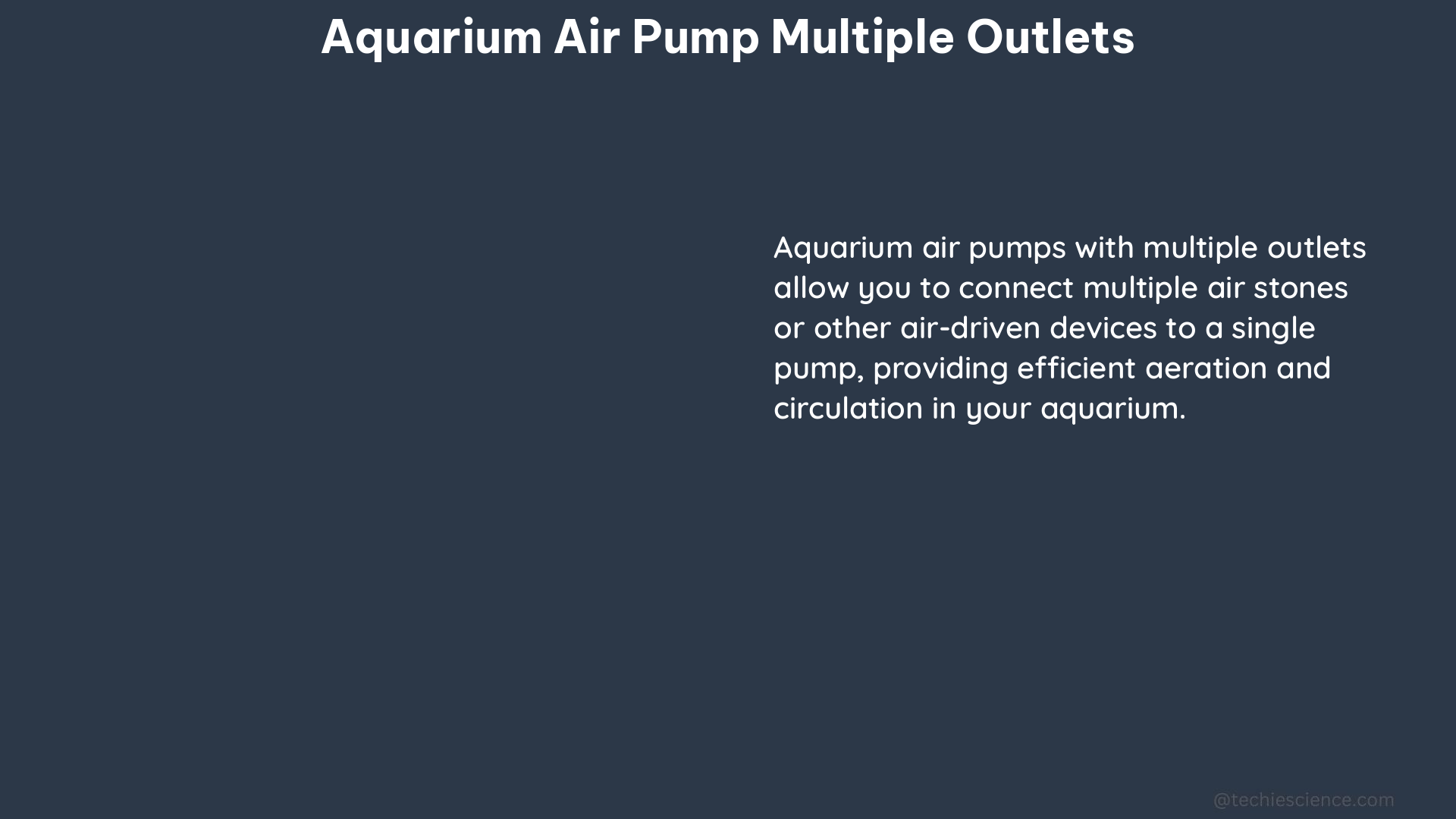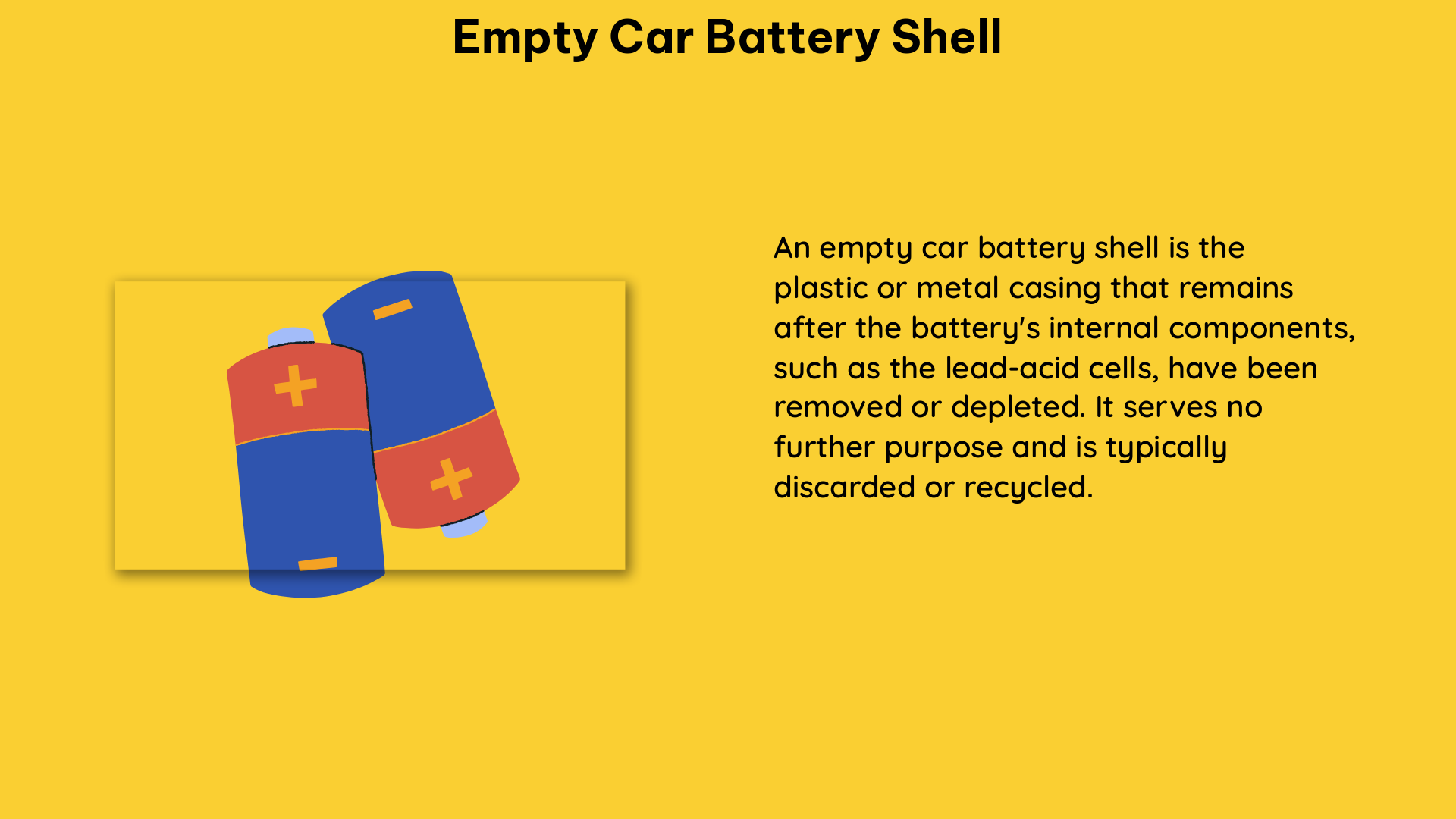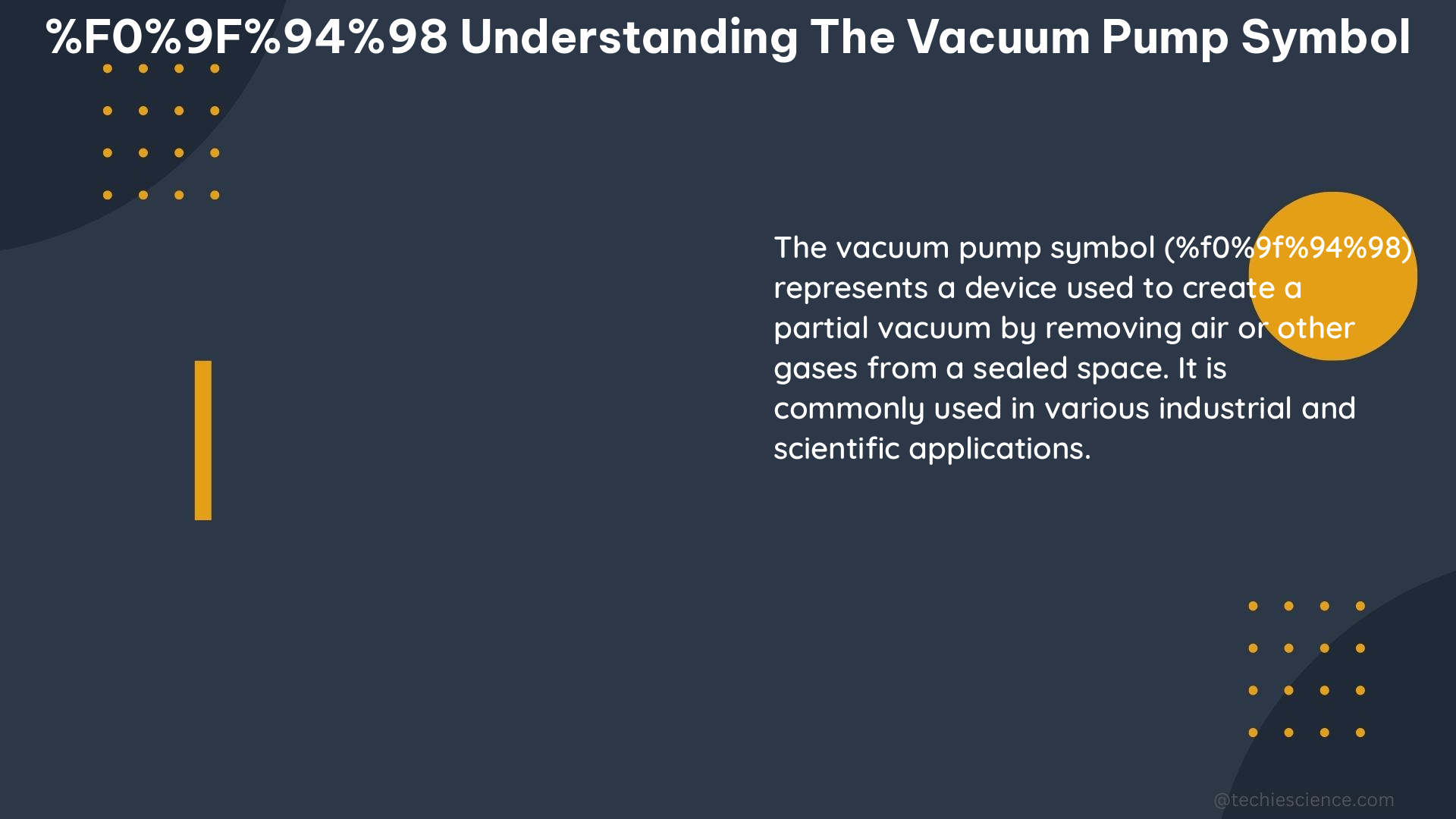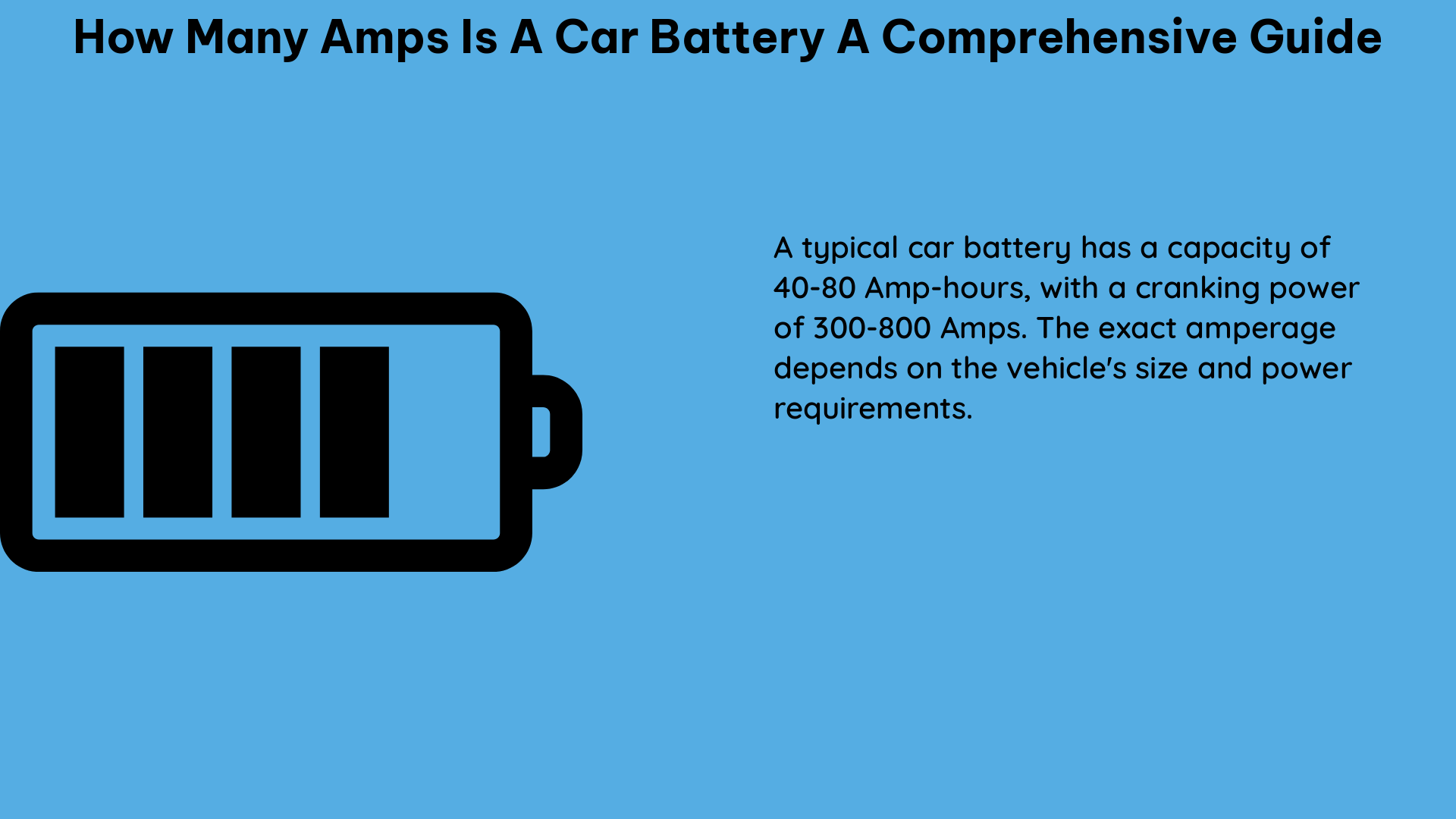IF5 is the molecular formula of iodine pentafluoride. It is a colorless liquid. Let us focus on the shape of IF5 and also some important points in a different segment.
In the Lewis structure of IF5, there are five fluorines connected with a single bond surrounding the central atom I. The iodine atom carries one lone pair and five fluorine atoms carry three lone pairs. Iodine pentafluoride is a square pyramidal geometry and the hybridization is sp3d2.
The IF5 is an interhalogen compound. Lewis structure, hybridization, formal charge, and shape of IF5 are presented below.
How to draw lewis’s structure for IF5?
Lewis structure of IF5 is helpful for structure determination and also for identifying the bonded and non-bonded electrons of the molecule. Let us follow a few steps.
Valance electron determination
Considering the IF5 lewis structure, both iodine and fluorine atom contain 7 valence electrons. The IF5 molecule contains 5 fluorine atoms. The total valence electron for fluorine is 7×5= 35. The number of valence electrons of IF5 is 35+7= 42.
Central atom identification
Here in the case of IF5, consider Iodine as the central atom. The least electronegative atom should consider as the central atom.
Chemical bond formation
In IF5, bond formation between fluorine and iodine takes place in this step. To form a chemical bond, put a single bond between each fluorine atom and the central atom iodine. A single bond corresponds to one pair of electrons i.e 2 electrons participation.
Complete octet of outer atoms
The outside atoms in the IF5 lewis structure i.e fluorine octets should be completed by adding the remaining valence electron as lone pair.
Complete octet of the central atom
Lastly, in the IF5 lewis structure, complete the central atom iodine octet by adding electrons left.
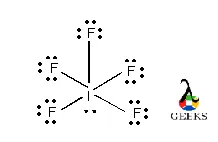
IF5 Lewis Structure.
IF5 Lewis structure resonance
The concept of resonance means the delocalization of electron pairs. The detailed fact of the IF5 lewis structure resonance discussion is presented below.
IF5 lewis structure shows 6 resonating structures. Due to p(π)-d(π) back bonding partial double bond character aeries between iodine and fluorine. The F atom gives its lone pair to the vacant d orbital of iodine to form a p(π)-d(π) bond.
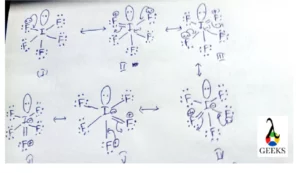
IF5 Lewis structure shape
VSEPR theory explained that IF5 is AX5E type molecule. A=central atom, X= numbers of atoms bonded to the central atom and=number of lone pairs. Let’s go through the detail.
The shape of the IF5 lewis structure is square pyramidal. But the electron geometry is octahedral; the VSEPR theory of concept explains this phenomenon. Due to the presence of one lone pair of electrons in an axial hybrid orbital, the shape of the IF5 molecule becomes square pyramidal.
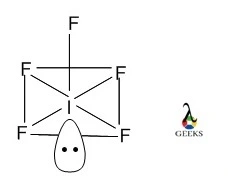
IF5 Lewis structure formal charges
The charge of every atom as well as the overall charge of the molecule can be determined using a formal charge. Let’s see the detailed calculation.
IF5 formal charge is zero. Formal charge = Total number of valance electrons – number of electrons remaining as non-bonded – (1/2 number of electrons involved in bond formation).
- Formal charge of iodine in IF5 = 7 – 2 – (10/2) = 0
- Formal charge of the fluorine(all five) atom in IF5= 7 – 6 –(2/2) = 0
IF5 Lewis structure angle
The angle formed between two covalent bonds is called the bond angle. The bond angle of the IF5 lewis structure is given below.
In the IF5 lewis structure, the bond angle is 81.90. Due to the presence of lone pair electron in the axial position, the repulsion is minimum and the bond angle is nearly 900.
IF5 Lewis structure octet rule
This rule explains that to acquire stability an atom can form a bond (ionic or covalent) in such a way that the valence shell contains eight electrons.
In the IF5 molecule, iodine does not obey the octet rule. It holds more than eight electrons in the outermost orbital. It needs eighteen electrons to fill up its outermost shell. Iodine has a total of twelve electrons which include both bond pairs and lone pairs.
In the case of fluorine, it satisfies the octet rule. Its valance shell occupies seven electrons. Only one electron is required to fill up the valence shell.
IF5 Lewis structure lone pairs
In the IF5 structure, both iodine and fluorine contain lone pairs. Let’s see the details calculation.
In IF5, iodine contains one lone pair of electrons and fluorine contains three lone pairs of electrons. Lone pair (non-bonded electron) = Number of valance electrons – Number of bonded electrons.
- For iodine (5s2 5p5), lone pair electrons present is (7 – 5)= 2 electrons.
- For fluorine (2s2 2p5), lone pair electrons present is (7 – 1) = 6 electrons or 3 pairs.
IF5 valence electrons
The electrons that belong to the outermost shell of an atom are known as valence electrons. Let’s talk about IF5 here.
IF5 carries a total of 7+35= 42 number of valence electrons in the valence shell. In the lF5 molecule, iodine and fluorine both belong to group 17 in the periodic table. It is known that both carry seven numbers of electrons in the valence shell.
IF5 hybridization
To explain the hybridization of a molecule one should have information about valence electron and lewis dot structure. A brief explanation of IF5 hybridization is presented below.
In IF5, the hybridization of central atom iodine is sp3d2. Iodine uses only five out of seven valance shell electrons. In IF5, iodine form five σ-bonds to connect fluorines, and one electron pair remain as lone pair.
Here, 5 σ-bond pairs + 1 lone pair = 6, showing that the iodine atom in the IF5 molecule is sp3d2 hybridized. The lone pair is present in the axial orbital.
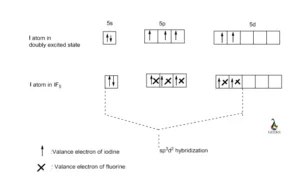
IF5 uses
IF5 is a versatile molecule. A few uses of IF5 are presented below.
- Iodine pentafluoride (IF5) is extensively used as a fluorinating agent for the organic intermediate in synthetic chemistry.
- IF5 is also widely used in the textile and leather industries for water and oil repellent emulsion.
- Another use of IF5 is used as fire extinguishing foams.
Is IF5 ionic or covalent?
The ionic bond is formed due to the complete transfer of electrons and the formation of the covalent bond is due to sharing of electrons. Let’s see the facts.
IF5 is covalent in nature. The formation of bonds takes place due to sharing of electrons.
Why and how IF5 is a covalent compound?
IF5 is covalent because iodine and fluorine share their electrons to form a chemical bond. It is well known that a covalent bond is formed between two non-metals. An ionic bond is formed between a metal and a non-metal. Here in the IF5 case both I and F are non-metal categories.
Is IF5 stable?
Basically, two factors affect the stability of IF5. For IF5, it is discussed below.
IF5 is not stable due to steric crowding. The formation of the I-F bond weak is due to poor overlapping
Why and how IF5 is unstable?
IF5 is unstable because the formation of the I-F bond is not very strong. The orbital overlapping between I and F is weak. Steric crowding is another factor that affects the stability of IF5. The iodine size is much bigger and it is surrounded by five fluorines which may arise steric crowding.
Conclusion
In IF5 there are 6 electron pairs around the central iodine atom. The hybridization of iodine is thus sp3d2. It contains 5 bond pairs and one lone pair, so it will be square pyramidal to have minimum repulsion between the lone pair-bond pair and the bond pair-bond pair.
Also Read:
